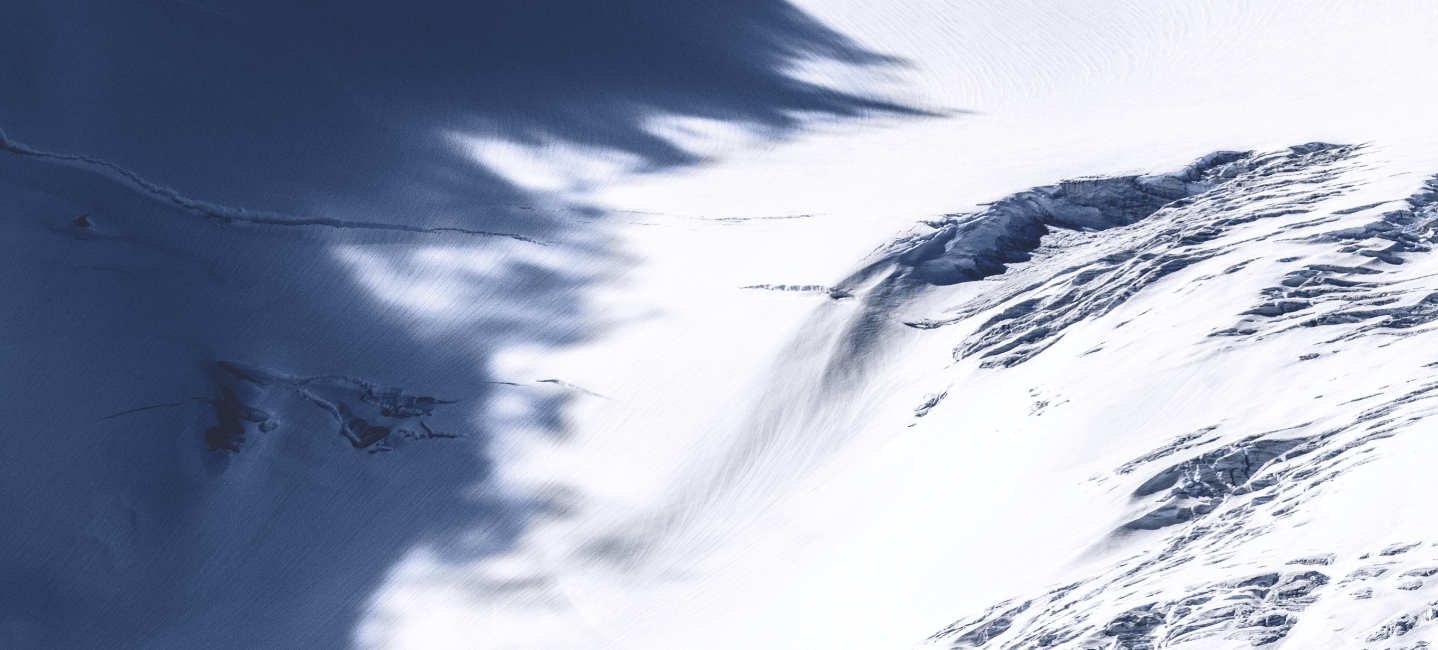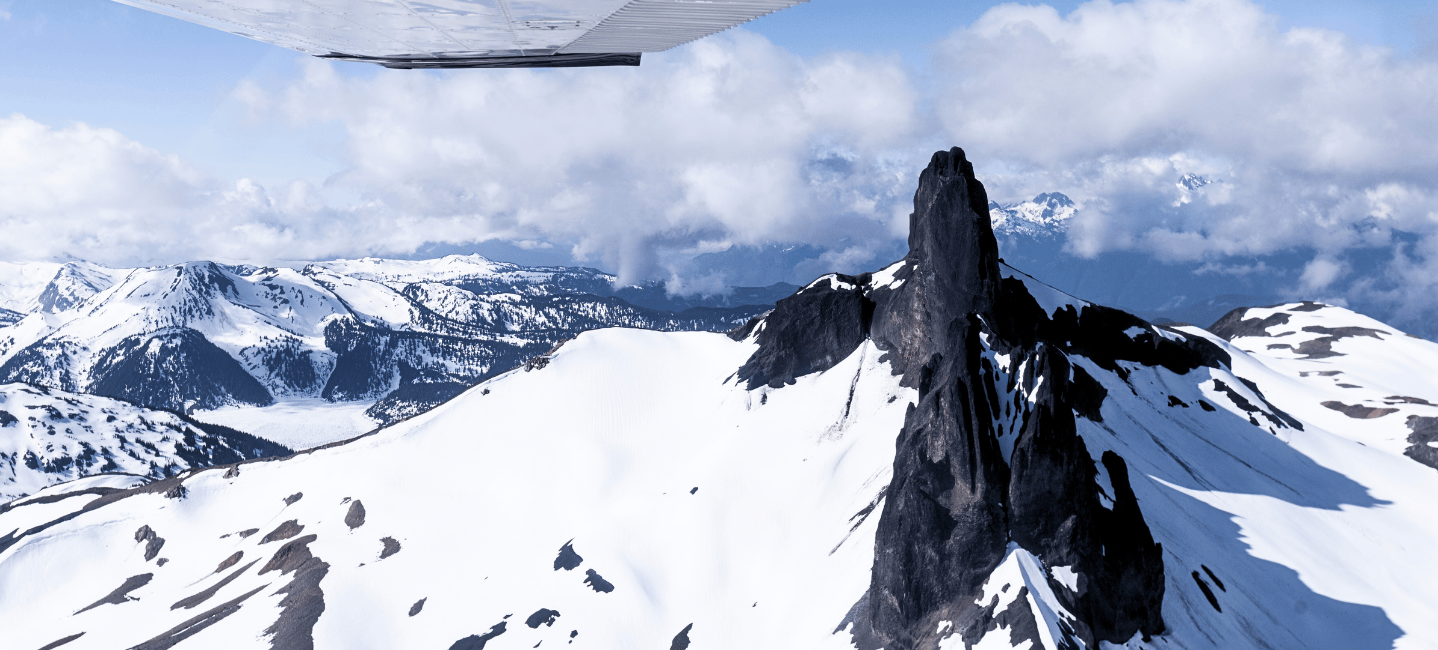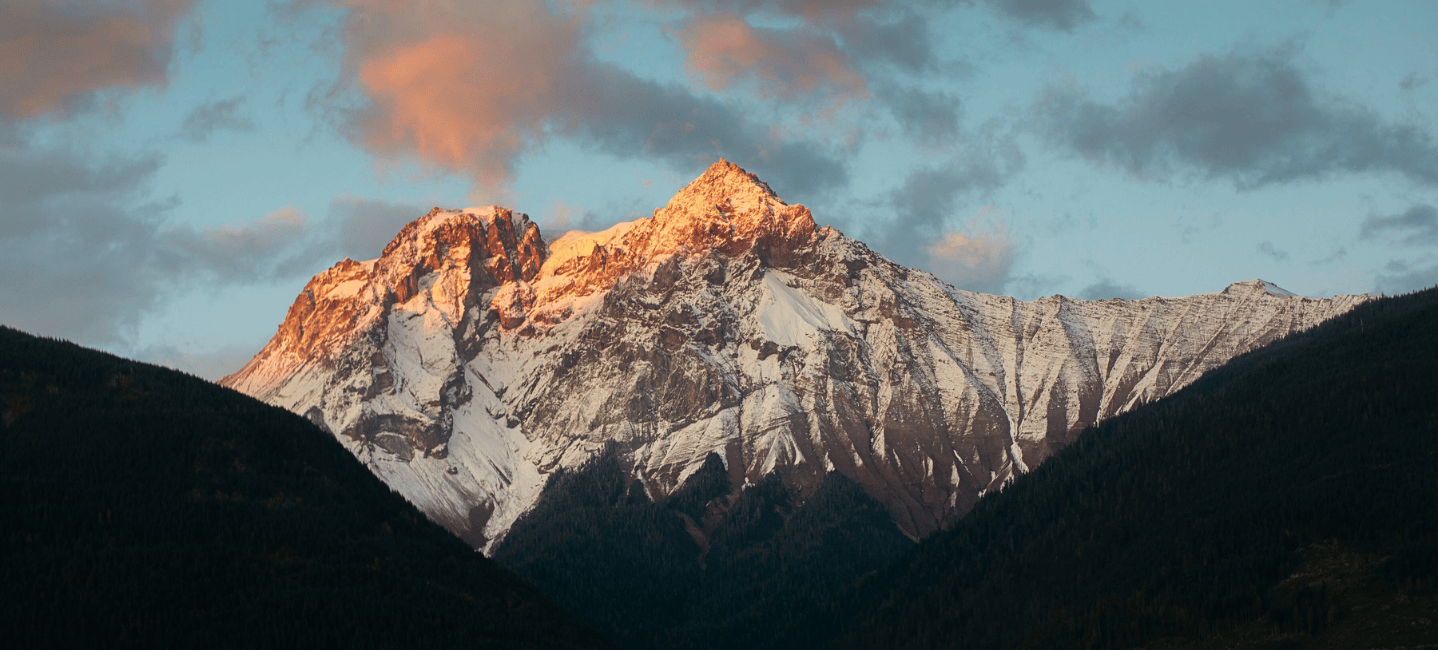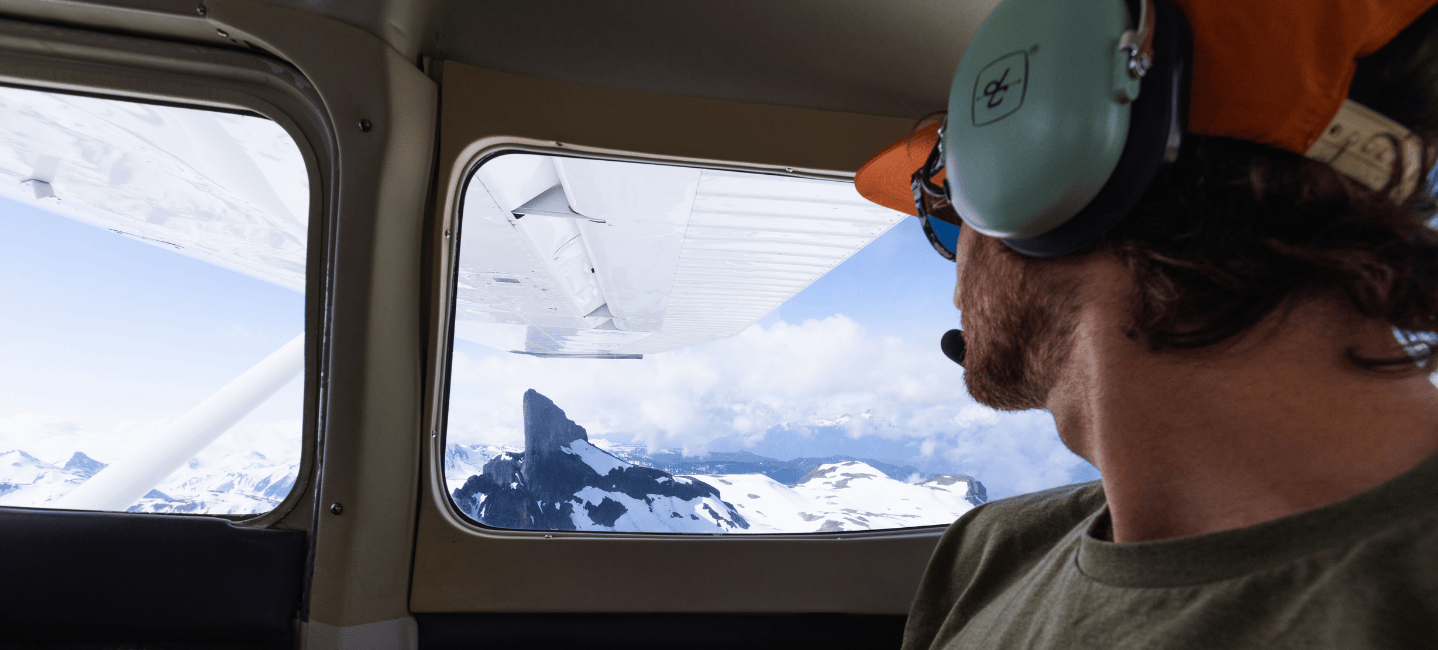When you soar above the Sea-to-Sky region with Sea to Sky Air, you’re not just seeing incredible scenery—you’re looking at millions of years of Earth’s history written in stone. From the sharp silhouette of The Black Tusk to the mighty granite face of the Stawamus Chief, the Coast Mountains are full of clues about the Earth’s powerful geological processes.
The Coast Mountains were born from intense activity deep within the Earth. Around 150 to 200 million years ago, huge plates of the Earth’s crust began to collide and shift. One of these plates, made of ocean floor, started sliding beneath the edge of the North American continent in a process called subduction. This caused molten rock (or magma) to rise and form volcanoes at the surface. Over time, many of these volcanoes became dormant, while others collapsed or eroded away.

But even more interesting, much of the dramatic mountain landscape we see today didn’t come from volcanoes erupting above the ground—it came from magma cooling and hardening beneath the surface. These deep formations eventually pushed upward and were revealed as the overlying rock eroded away. What’s left are the solid granite spires and cliffs that now dominate the landscape.
Take a closer look and you’ll see that not all mountains here are made the same. For example, The Black Tusk—one of the most recognizable features from our flights—is a volcanic remnant. Its sharp, dark shape is actually the hardened core of an ancient volcano that eroded over time, leaving behind its central “spine.”

Just south of that, near the town of Squamish, stands the Stawamus Chief. Unlike The Black Tusk, the Chief is made entirely of granite. It wasn’t a volcano at all but was formed underground by cooling magma that slowly rose to the surface. Over thousands of years, glaciers and weather carved the face of the Chief into the sheer cliff we see today.
Yes—though slowly. The same tectonic forces that helped form the Coast Mountains are still at work. The Earth’s plates continue to shift, occasionally causing earthquakes and, in rare cases, volcanic activity. These movements also contribute to the slow but steady uplift of the mountain range. In short, the Coast Mountains are still a work in progress.

Visitors often wonder why these mountains look so different from the Rocky Mountains. While both ranges were shaped by tectonic activity, the Coast Mountains tend to be steeper and craggier due to their different geology. The Rockies are largely made up of layered sedimentary rock, which erodes in a softer, more uniform way. In contrast, the Coast Mountains are dominated by tough granite and volcanic rock, which erode into sharper and more dramatic shapes.

Understanding the dramatic forces that shaped the Coast Mountains makes seeing them from above even more awe-inspiring. With Sea to Sky Air, you’re not just looking at mountains—you’re witnessing the Earth’s ancient story unfold beneath you. From volcanic spires to glacial valleys, our scenic flights offer a front-row seat to nature’s greatest show. Ready to experience the geology, beauty, and grandeur of the Sea-to-Sky region from the sky? Book your flight today and let the landscape tell its story.